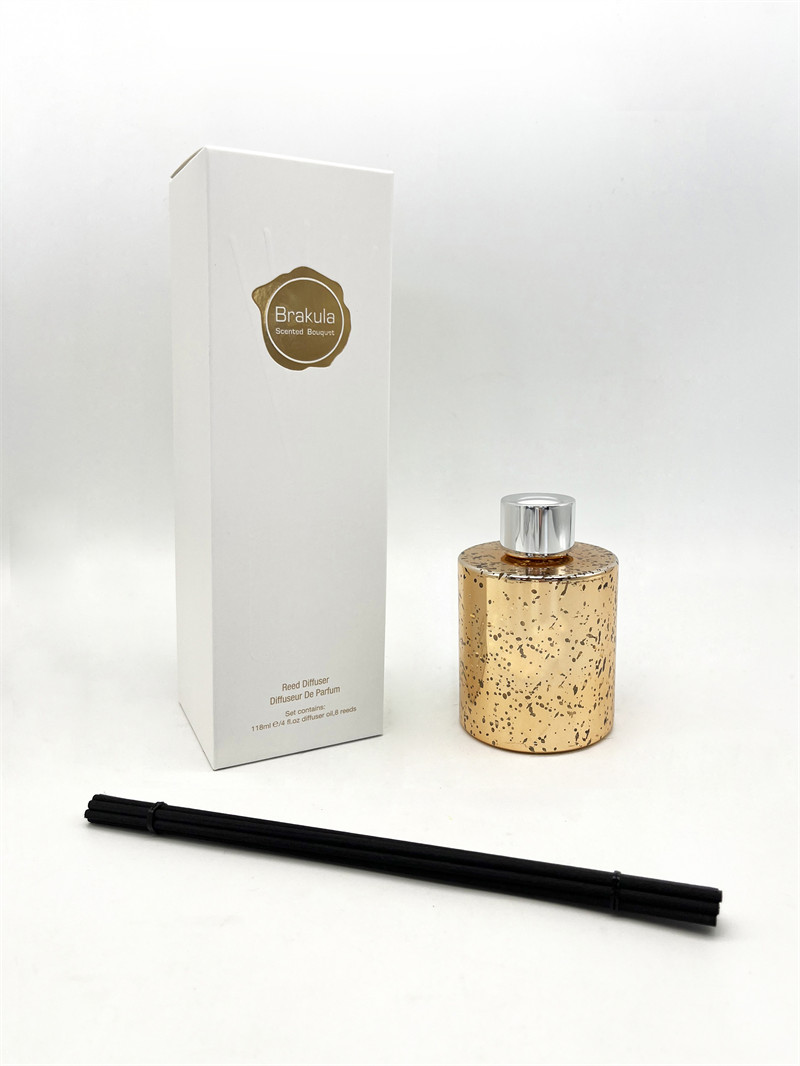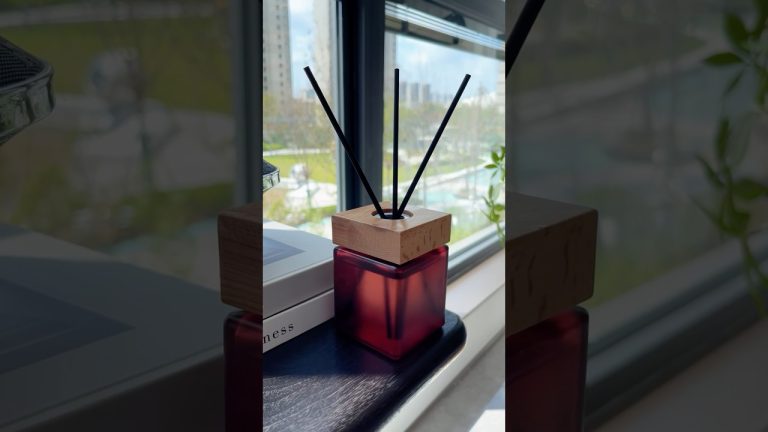Table of Contents
Understanding Tea Tree Oil
Tea tree oil, derived from the leaves of the Melaleuca alternifolia plant, is widely recognized for its antimicrobial properties. It is often used in skincare products and remedies for various conditions, including acne and fungal infections. However, when considering its application near sensitive areas such as the eyes, caution is essential.
| Article Name | Air Freshener |
| Material | Customized |
| Suitable for | Playroom |
| Scents | Grape, Pine Tree |
| Capacity | 250ml |
| Color | Black |
| Origin | China Manufacturer |
| Duration | 90-120days |
The oil contains compounds like terpinen-4-ol and 1,8-cineole, which contribute to its effectiveness but also pose potential risks. These compounds can cause irritation or allergic reactions, especially when applied to delicate skin around the eyes. Given that the area surrounding the eyes is particularly sensitive, using tea tree oil in this region requires careful consideration.
Risks of Using Tea Tree Oil Near the Eyes
One of the primary concerns about applying tea tree oil near the eyes is the risk of irritation. The skin around the eyes is thinner and more susceptible to reactions compared to other areas of the face. Direct contact with undiluted tea tree oil can lead to redness, burning sensations, and even swelling.

Furthermore, if tea tree oil inadvertently enters the eye, it can cause significant discomfort and potentially serious damage. Symptoms may include stinging, tearing, and blurred vision. In severe cases, it may lead to corneal abrasions or other ocular injuries that necessitate medical attention.
Safe Application Practices
https://reedaromalab.com/tag/good-room-deodorizers-china-company
For those who wish to use tea tree oil for its benefits while minimizing risks, dilution is crucial. Mixing a few drops of tea tree oil with a carrier oil, such as coconut or almond oil, can reduce the potency and lower the likelihood of irritation. Always perform a patch test on another area of skin before applying diluted tea tree oil near the eyes.
Additionally, consider using tea tree oil-infused products specifically designed for sensitive areas instead of applying the oil directly. Many commercially available products are formulated to be safe for use around the eyes, providing the benefits of tea tree oil without the associated risks of direct application.





